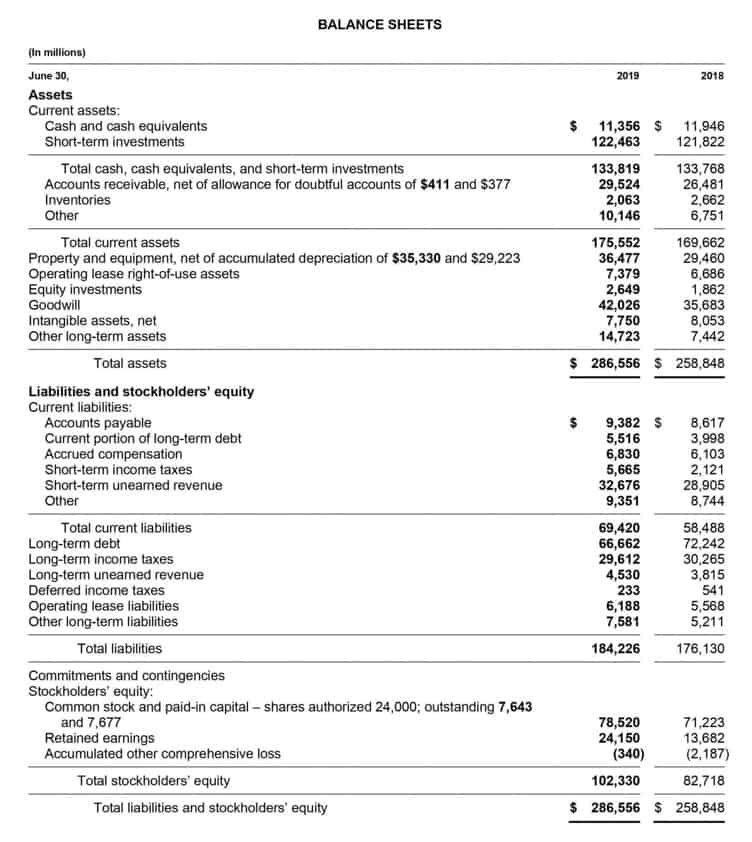
At worse, it can lead to an audit and expensive tax trouble in the future. You also want something that can be picked up by anybody and understood. You don’t want a tax official, VC, bank, or anyone else confused by your work. The last thing you want is to miss out on a needed loan or investment because someone couldn’t understand your books. Above the T is the name of the account, and the T account is then separated into left (debit) and right (credit) sides.

Remaining Entries: Try this T-Account Exercise

Operating costs are a type of expense so it is debited by £2000. T-accounts help to visualise the process making it clear what is occurring with each transaction. Let us understand the concept in depth through understanding the related terminologies of a T account balance through the discussion below. Let us understand the format Law Firm Accounts Receivable Management of a T account ledger and how it is designed in a way where it gives the individual reviewing it an ease of locating entries. The debit entries entered on the left side of the T account should always balance with the right side, or credit side of the account.
Prepaid Rent Account
- The purpose of journalizing is to record the change in the accounting equation caused by a business event.
- In this case, the credit to Service Revenue boosts income, while the debit to Accounts Receivable shows the money to be collected.
- Getting the hang of recording transactions in accounting is key to keeping your financial records straight.
- Finally, the difference between the two numbers is the balance on the T-Account.
While T-accounts are a manual accounting tool, their compatibility with modern accounting software and technology is limited. Many accounting software solutions offer sophisticated features for automating bookkeeping processes, generating financial reports, and facilitating real-time analysis. T accounts are clear, visual representations of a business transactions that take the form of a “T” – one side for debits, one for credits. If you want to review debits and credits, see the lesson on debits and credits. And for a review of the most common journal entries, see the lesson on basic accounting journal entries.
Automate T Accounts with Online Software

Now, interactive accounting software allows you to create and manipulate T accounts on screen. Consequently, businesses relying solely on T-accounts may overlook valuable insights and opportunities for improvement. Moreover, manual T-account entries are susceptible to human error, potentially compromising data accuracy and integrity. In contrast, automated accounting systems offer built-in controls and validation checks, reducing the risk of mistakes and fraud.
- To create and record a T account, you have to know how debit and credit rules apply to the different types of accounts.
- These are the things your business owns, like cash, inventory, equipment, and buildings.
- In this guide, we’ll be going through all the basics of T accounts, their uses in accounting, how to record them, and so much more.
- A t-account is a visual representation of a financial account for a financial accounting period.
- With automation handling the heavy lifting, accountants can shift their focus to the bigger picture.
This limitation becomes apparent when preparing financial statements or conducting financial analysis requiring granular insights. Without detailed records, it’s challenging to accurately assess the financial health of an organization or comply with regulatory requirements. T-accounts provide a simplified representation of ledger accounts, often lacking the depth needed for complex transactions. T-accounts may fail to capture the full picture in business scenarios involving multiple accounts and numerous transactions. This is the owner’s claim on the business – basically, what’s left after you subtract liabilities from assets. This happens when you pay dividends to yourself (debiting cash) which takes money out of the business and reduces your ownership stake.
T-Account Debits and Credits
As I stated before, some accounts will have multiple transactions, so it’s important to have a place number each transaction amount in the debit and credit columns. Accounting software can now integrate with your bank accounts and other financial systems, providing real-time transaction data. You can use them to map out complex transactions, identify potential errors, and better understand how different accounts interact. Imagine using software that automatically populates a T account based on a chosen transaction, allowing you to dissect its impact and ensure everything’s in balance.
T Account Examples

It is used by stakeholders to evaluate a company’s financial strength and to make investment decisions. And as you’re issuing sales invoices, making payments, receiving revenue, Deskera automatically debits and credits the transaction values into the corresponding ledger accounts. Wages to employees are a business expense and decrease owner’s equity, so the Wages Expense account will be debited for $3,200. The asset Cash also decreases and gets a credit entry of $3,200. A T-account helps people understand how money in accounting moves in and out.
After almost a decade of experience in public accounting, he created MyAccountingCourse.com to help people learn accounting & finance, pass the CPA exam, and start their career. The standard T-account structure starts with the heading including the account name. The left column is always the debit column while the right column is t accounts always the credit column.
Expenses decrease the owner’s equity and are recorded as debits, so the Utility Expense account will be debited for $150. Decreases in assets are recorded by credits, so Cash will be credited for $150. The main purpose of using a T-Account is to help track and manage an individual’s financial transactions. By keeping track of debits and credits, it becomes easier to monitor the flow of money going in and out of a particular account. Yes, T accounts retained earnings balance sheet can help detect fraud or errors in accounting records by providing a detailed trail of transactions. Discrepancies between debits and credits or unusual patterns in T accounts may indicate fraudulent activity or errors that require further investigation.



